
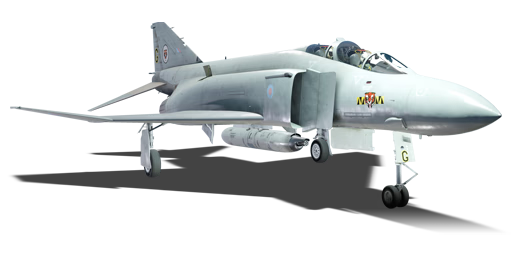

Shortly after the Falklands War, the British Ministry of Defence decided to assign a dedicated air defence squadron to protect the islands from future attacks. However, this left a hole in the UK's mainland defence capabilities, and a decision was made to look for a surplus fighter until the Tornado F.3 could enter service. Both the F-14 and F-15 were considered, but seeing as those would cost more than intended for a short-term solution, the RAF instead opted for 15 upgraded ex-USN F-4Js, later known as the F-4J(UK)/Phantom F.3. These had maintained their General Electric J79-GE-108 engines and had largely adhered to the F-4J's original specifications but had undergone additional wiring to allow the carriage of British Skyflash missiles and the Telescopic Sighting System for visual identification of targets. The official rollout of the first complete F-4J(UK) was at North Island on August 10, 1984, and it was assigned to No. 74 Squadron RAF 'Tiger Squadron' at RAF Wattisham. The RAF received several batches of F-4J(UK)s, each one undergoing a Tiger Trial. This was a transatlantic flight from San Diego to Goose Bay, Canada, and then another flight to the UK with the help of tanker aircraft for aerial refueling. The F-4J(UK) served as a Quick Reaction Force for the RAF from 1984 to mid-1991, when they were replaced by the Tornado F.3.
The F-4J(UK) Phantom II was introduced in Update "Apex Predators". It is similar to its American counterpart, the F-4J, in the way it plays. However, there are some notable differences between the two aircraft. Firstly, it lacks AIM-7F missiles, being instead equipped with the traditional Skyflash (DF) missiles of British Phantom models. It also lacks a Helmet-Mounted Display (HMD) which makes it harder to acquire targets. Still, even with those minor drawbacks, it can hold its own against most enemies if you adjust your playstyle accordingly. Staying low, trying to separate out your targets, and using your superior acceleration and energy retention to your advantage are some of the key tactics for this plane.
flaps
flaps
flaps
brake
| Name | Weight | Slot | ||||||||||
|---|---|---|---|---|---|---|---|---|---|---|---|---|
| 2 × | 426.2 kg | 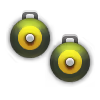 |  | |||||||||
| 2 × | 972 kg | 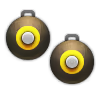 |  |  |  | |||||||
| 2 × | 972 kg | 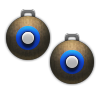 |  |  |  | |||||||
| 36 × | 367.8 kg | 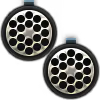 |  | |||||||||
| 54 × | 551.7 kg | 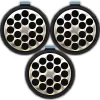 |  |  | ||||||||
| 3 × | 639.3 kg | 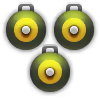 |  |  | ||||||||
| 2 × | 176.9 kg | 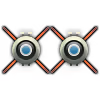 |  | |||||||||
| 205 kg | 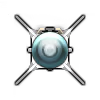 |  |  |  | ||||||||
| 193 kg | 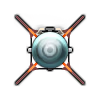 |  |  |  | ||||||||
| 3 × | 1,458 kg | 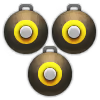 | ||||||||||
| 3 × | 1,458 kg | 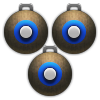 | ||||||||||
| 614.4 kg | 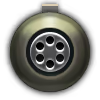 | |||||||||||
| Drop tank (600 gal.) | 137.9 kg |  | ||||||||||







 2 x (100 / 310 / 600) %
2 x (100 / 310 / 600) % 
 2 x 238 %
2 x 238 % 

Flight performance | |
|---|---|
Survivability |
|---|
Weaponry | ||
|---|---|---|